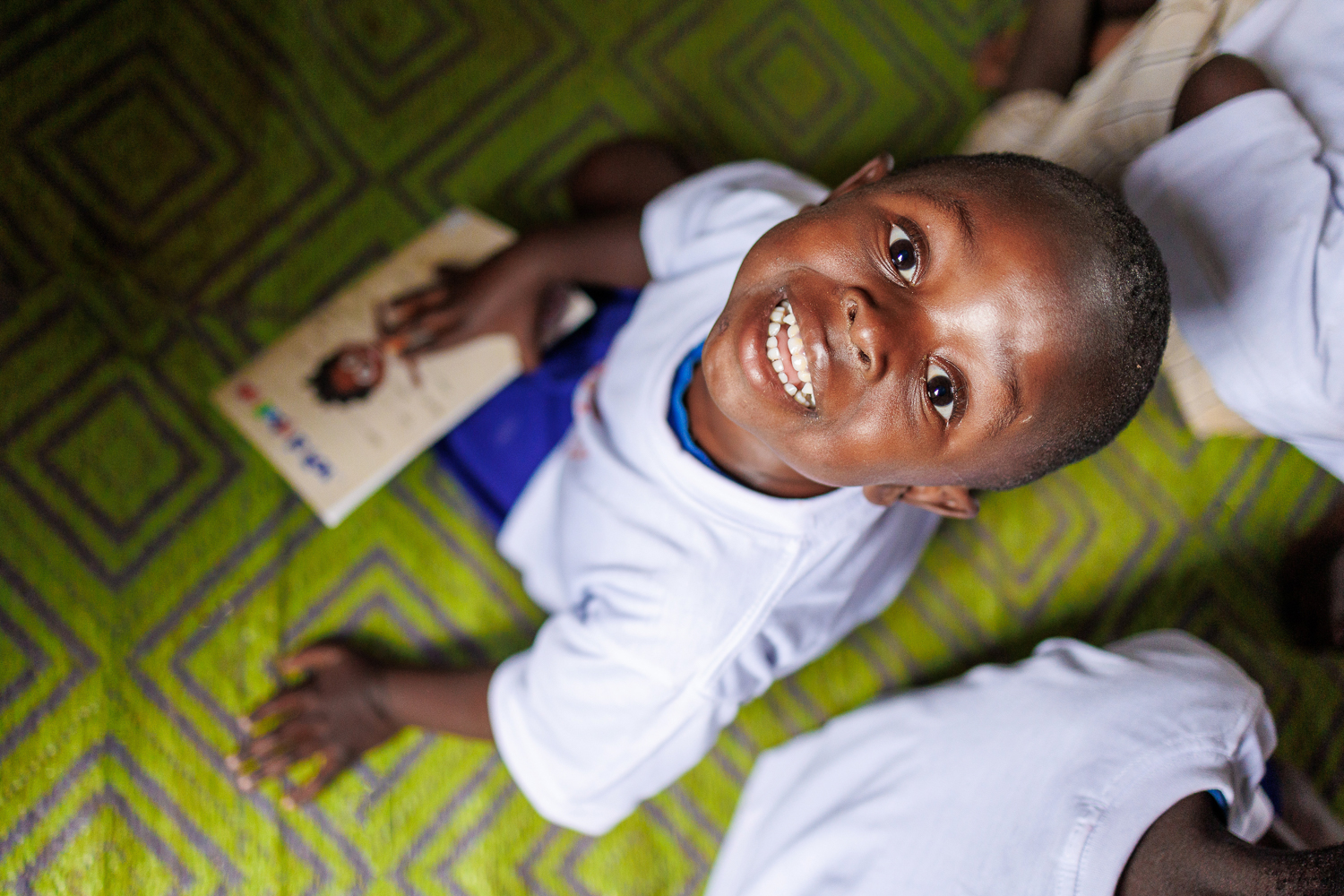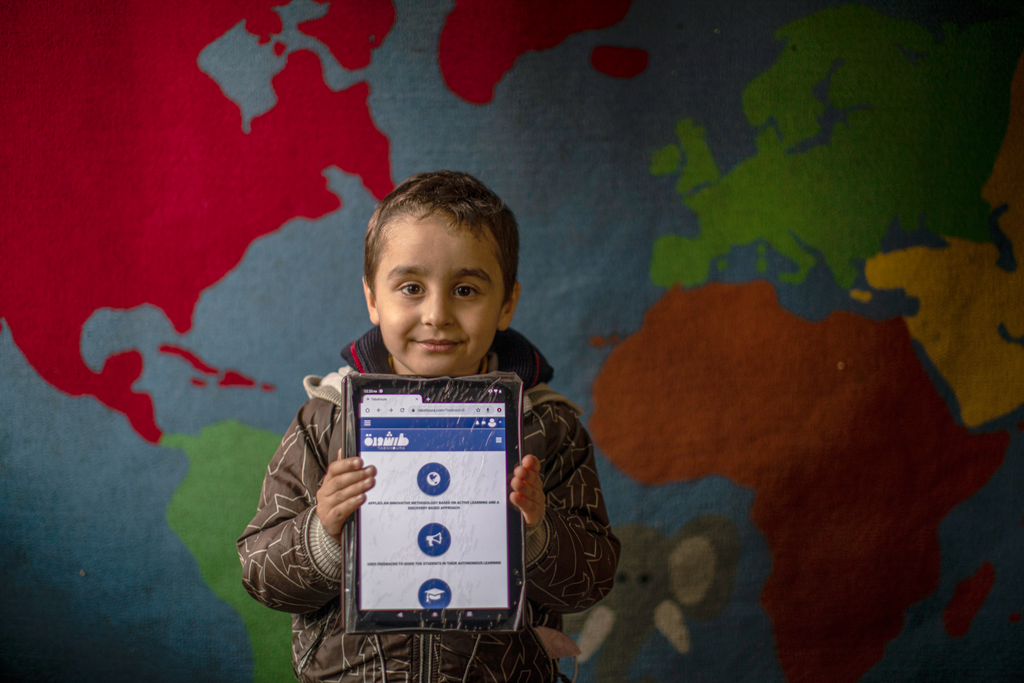
#5for5 campaign: the brain science that shapes a child’s life
Child nutrition (Early years), Childcare, Early childhood development, Learning through play (Early years)
The brain develops rapidly in the first 1000 days - all children need nurturing care to get the best start in life, so help us to make that happen.
Brains are like buildings – they are built from the bottom up. The foundations are there right from the start, “constructed’ through a complex process that begins even before a child is born.
In the first 1000 days between pregnancy and age two, more than 700 new neural connections are formed every second – at no other time in someone’s life will their brain develop so rapidly.
And by the time a child is just five years old, 90% of the brain will be fully developed.
“The brain is most flexible, or ‘plastic,’ early in life to accommodate a wide range of environments and interactions,” say researchers from the Center on the Developing Child at Harvard University.
“Sensory pathways like those for basic vision and hearing are the first to develop, followed by early language skills and higher cognitive functions.”
That’s why proper nurturing care and stimulation is vital during the early years of a child’s life. The first year of a baby’s life is when the brain begins to understand the complexities of language – and those early experiences are the building blocks for later learning.
We are learning about all the elements that affect a child’s brain - whether her body is well-nourished, whether her mind is stimulated, whether she is protected from violence - must change the way we think about early childhood development and how we act.” Anthony Lake, Executive Director of the United Nations children’s agency UNICEF
The #5for5 campaign launched last week by Theirworld – the children’s charity behind A World at School – focuses on the importance of early childhood development.
Theirworld is calling for people to put pressure on world leaders to take urgent action to ensure all children aged zero to five have access to the five areas of nurturing care needed for a child to get the best start in life – nutrition, health, learning, play and protection.
But birth isn’t the point when a child’s brain goes into developmental overdrive. That starts in the mother’s womb.
“Brain development begins within a week of conception. At birth about 100 billion neurons, or brain cells, have been produced,” experts from the early years organisation zerotothree.org told Theirworld.
“These brain cells have not only spent time travelling to the right places in the brain – they are also are beginning to connect with one another.
“During the prenatal period, brain cells are already busy sending and receiving messages about touch, hearing and movement. The sense of taste, smell and sensitivity to light are also beginning to develop.
“While most of the newborn’s brain cells are formed during the prenatal period, the brain is not completely developed at birth. Much of the connecting neurons and strengthening of those connections take place after birth.
“The way brain cells connect and develop will be influenced by the newborn’s experiences with adults and their environments.”
The researchers from Harvard University in the United States say the brain is most flexible in the early years – but this changes as the child gets older. After that initial burst of rapid growth, connections are reduced so that brain circuits become more efficient.
In the first year of a child’s life, sensory pathways like those for vision and hearing are the first to develop, followed by early language skills.
“From the prenatal period through the first years of life, the brain undergoes its most rapid development and early experiences determine whether its architecture is sturdy or fragile,” say the team in a paper called The Science of Early Childhood Development.
Genes are important in the development of a brain. But so too are experiences – especially the interaction between children and their parents or caregivers.
“Young children naturally reach out for interaction through babbling, facial expressions, and gestures, and adults respond with the same kind of vocalizing and gesturing back at them,” say the Harvard team.
“In the absence of such responses – or if the responses are unreliable or inappropriate – the brain’s architecture does not form as expected, which can lead to disparities in learning and behaviour.”
With many children living through the ongoing trauma of conflicts, disasters and abuse, the effects of “toxic stress” cannot be ignored.
It damages the developing brain, which can lead to lifelong problems in learning, behaviour, and physical and mental health.

More news

MyBestStart programme gives young girls the education they deserve
